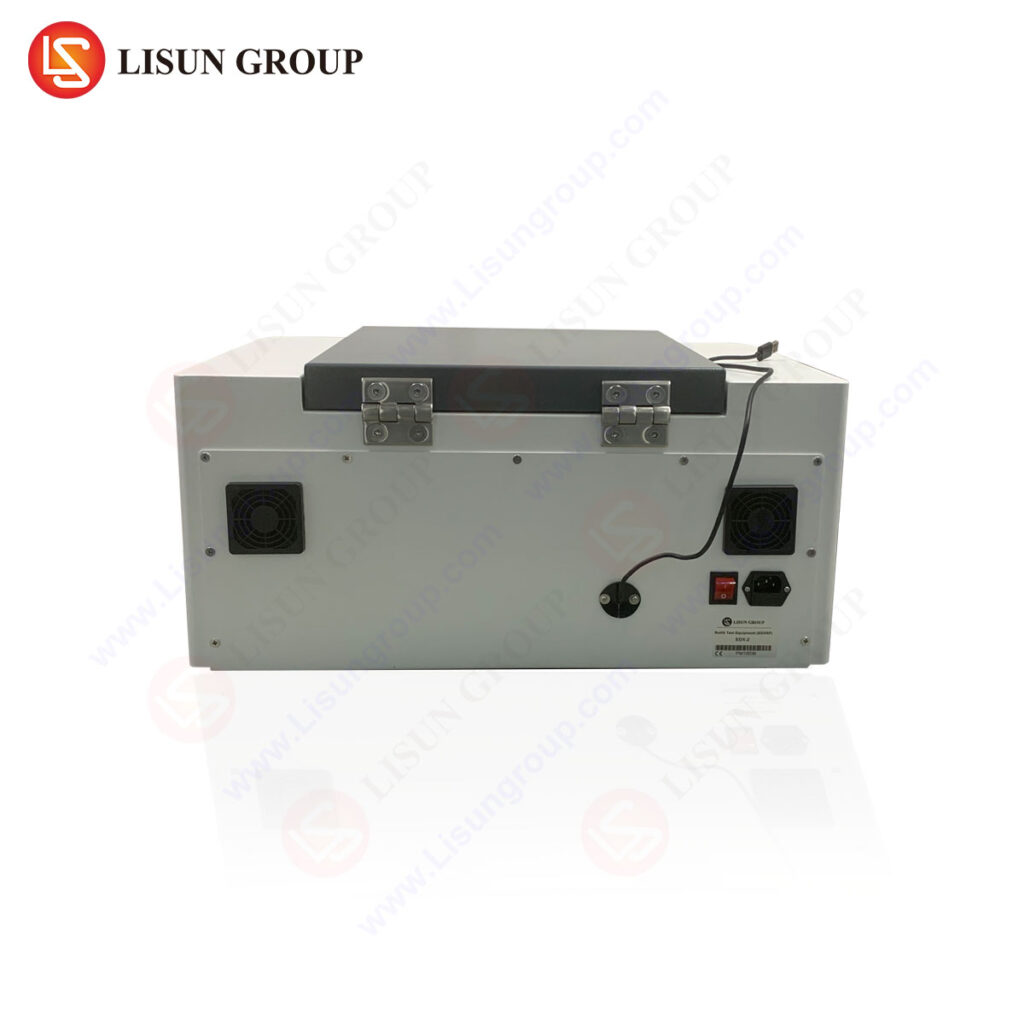Exploring the Benefits of XRF for LED Testing
Introduction
What is XRF?
X-ray fluorescence (XRF) is a non-destructive analytical technique used to determine the elemental composition of materials. It works by bombarding a sample with X-rays and measuring the energy of the X-rays that are emitted from the sample. This energy is then used to identify the elements present in the sample. XRF is used in a variety of industries, including electronics, automotive, and medical.
What is LED Testing?
LED testing is the process of testing the performance of light-emitting diodes (LEDs). LEDs are used in a variety of applications, including automotive, mobile, and consumer electronics. LED testing is important to ensure that the LEDs are functioning properly and that they meet the required specifications.
How Does XRF Help with LED Testing?
XRF can be used to test the composition of LED components, such as the LED driver, LED chips, and LED packages. XRF can also be used to test the purity of the materials used in the LED components. This is important because impurities can affect the performance of the LED. XRF can also be used to test the uniformity of the LED components, which is important for ensuring that the LEDs are functioning properly.
Benefits of XRF for LED Testing
There are several benefits to using XRF for LED testing. First, XRF is a non-destructive testing method, which means that the LED components do not need to be destroyed in order to be tested. This is important for ensuring that the LED components can be reused if necessary. Second, XRF is a fast and accurate testing method, which means that the results can be obtained quickly and with a high degree of accuracy. Finally, XRF is a cost-effective testing method, which means that it can be used in a variety of applications without breaking the bank.
Conclusion
XRF is a powerful tool for LED testing. It is a non-destructive, fast, accurate, and cost-effective testing method that can be used to test the composition, purity, and uniformity of LED components. XRF can be used in a variety of applications, including automotive, mobile, and consumer electronics.
FAQs
Q: What is XRF?
A: X-ray fluorescence (XRF) is a non-destructive analytical technique used to determine the elemental composition of materials.
Q: What is LED testing?
A: LED testing is the process of testing the performance of light-emitting diodes (LEDs).
Q: How does XRF help with LED testing?
A: XRF can be used to test the composition, purity, and uniformity of LED components.
Q: What are the benefits of XRF for LED testing?
A: The benefits of XRF for LED testing include non-destructive testing, fast and accurate results, and cost-effectiveness.







